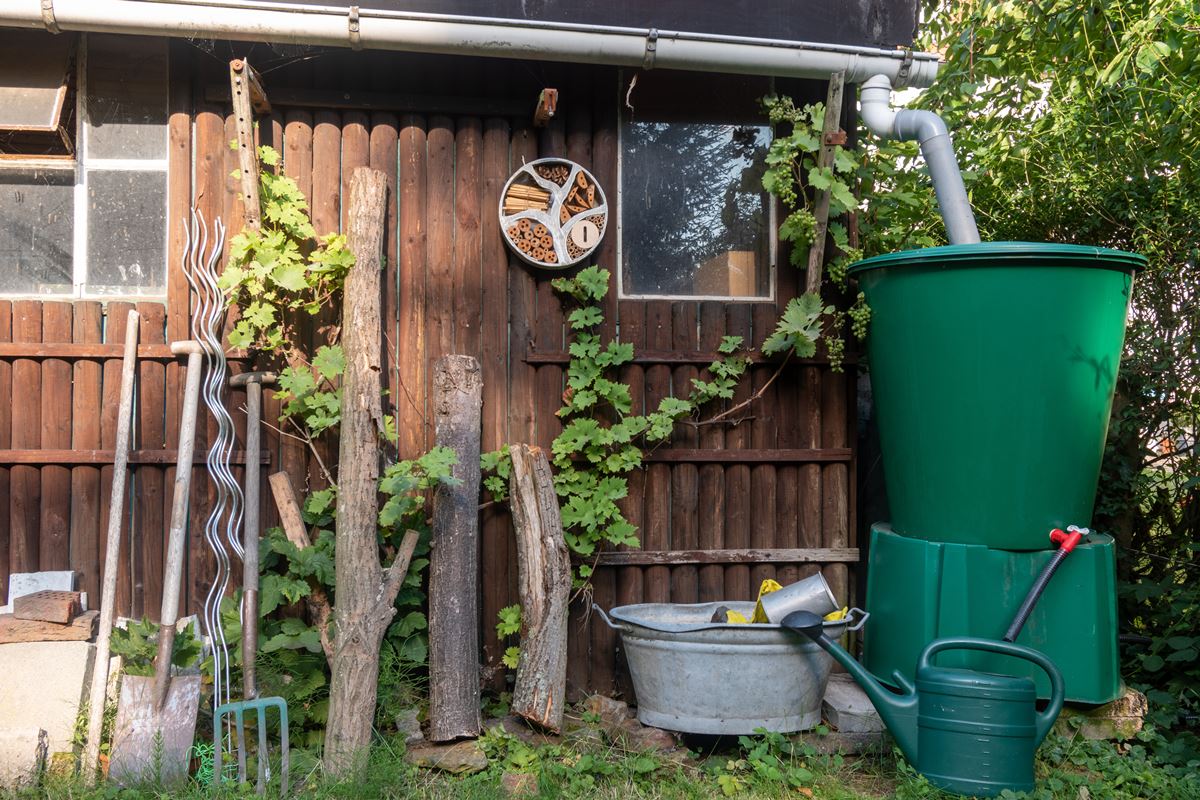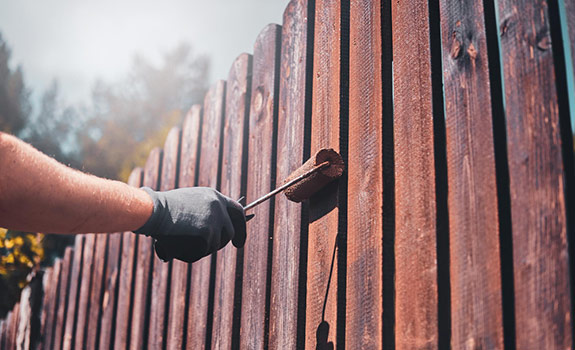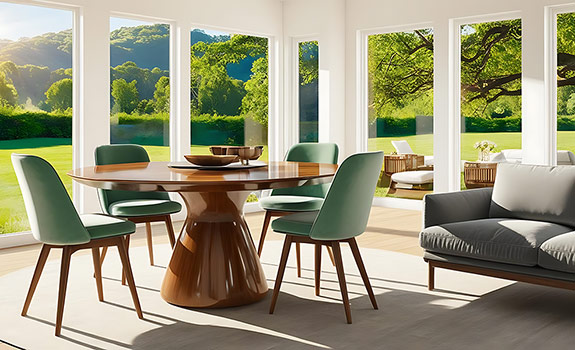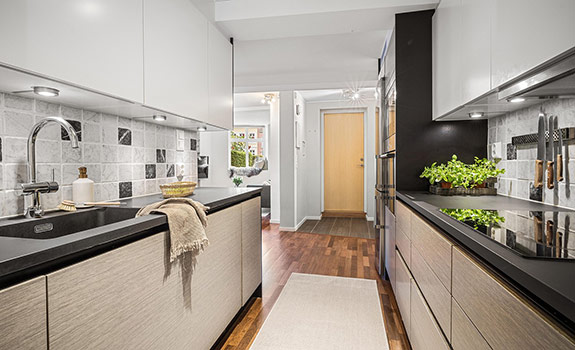There’s been a lot of conversations about global climate change. Experts are worried that the next pandemic could be climate change, considering the rate at which human activities are impacting the environment. Part of the consequences of climate change is the scarcity of natural resources, including water.
So, what if the next pandemic is a lack of water? How long would your family survive with your current supply of water? According to science, the human body can only survive for a maximum of 3 days without water. Human beings need water to perform essential functions, such as food digestion, growth of cells, and even cooling the body. Other than for consumption, you need water for some basic tasks, such as cleaning, gardening, and ensuring a quality life. These go to show how crucial water is.
Therefore, whether you’re anticipating a pandemic or not, you should consider having a backup water source for your home if you don’t have one yet. This article will help you understand the importance of a backup water supply and how you can establish one for your family. Keep reading to learn more.
Why You Need a Backup Water Source For Your Home
You might be wondering what situation would require you to have a backup water source for your home. After all, you have enough to sustain you, and that’s thanks to the municipal council, for those living in urban centers, or to well water systems, for people based in the rural areas.
Well, for starters, there’s nothing like too much water. Without advocating for hoarding of resources, if you can have more than one water source, take the opportunity. Remember, water is essential for your survival.
Other than for security purposes, many things could cut short your current water supply. These include:
Overuse of Water
Overusing water is one of the challenges you should expect in your home. As mentioned earlier, other than drinking, water has other uses, like for cooking, cleaning, feeding animals, and watering plants and gardens, among many others.
However, once in a while, all these uses may overwhelm your water supply. If you don’t have a backup water source, you’re likely to have no water for a few days as you figure out your next move.
Global Warming
Global warming impacts water resources. For example, cutting down trees contributes to global warming. As a result, the water cycle is interrupted, and, thus, rainfall at areas in issue become scarce. This, therefore, means that the groundwater levels will go lower due to reduced water. If you continue consuming that water at that rate, it’ll soon be depleted, or you’ll have to use water polluted by soil sediments.
On the other hand, due to global warming, temperatures on earth are becoming extremely high. As a result, the water evaporation rate also becomes high. Therefore, water levels in rivers, lakes, and even dams decrease significantly over time.
If you depend on water bodies for your home water supply, you might want to create a backup plan as a safety net from the impact of global warming.
Global warming can also lead to water scarcity through natural disasters, which is discussed in the next point.
Natural Disasters
During natural disasters, such as hurricanes or tsunamis, many infrastructures are destroyed, including plumbing systems. Therefore, once the dust settles, you might have to survive without city water as you wait for the plumbing system to be fixed.
Flooding is another natural disaster that may affect your water supply. If, say, you depend on a dam for your water, floods may pollute the water through soil erosion, and dumping other toxic and nontoxic waste into the water. There’s little to nothing you can do with dirty water.
Floods also tend to clog and break pipes, which could mean your supply of water might be cut short.
Pollution Of Water
Your current source of water can be polluted by a leaking sewerage system, farm chemicals, other toxic chemicals, oils, carcasses, and fecal matter, to mention a few pollutants.
While you may not physically see these pollution agents, it’s never a good idea to use polluted water, even for your irrigation needs. Using polluted water endangers your and your family’s lives, crops, and animals. Therefore, you may need a backup plan just in case your water source becomes polluted today.
Groundwater Pollution
This is a different kind of pollution. It affects people who depend on groundwater sources, such as wells and boreholes, for their water supply. Your groundwater may be polluted by toxic chemicals, such as fertilizers you use on your farm. Soil erosion is also another leading cause of groundwater pollution.
Even if groundwater is one of the freshest waters you can have, it’s not bullet-proofed from pollution. Having another water source in place will come in handy, should your groundwater be polluted.
How to Build Backup Water Source For Your Home
As seen from the discussion above, you can’t solely rely on one water supply alone. There’s an endless list of reasons why that’s quite honestly a suicide mission. Now that you understand that, here are some of your options for building a backup water source for your home:
Off-Grid Water System
An off-grid water system doesn’t use municipal water to meet your water needs. You can construct an off-grid water system by using a water body near you by following these steps:
Step 1: Dig a sump whole next to the water source. The hole should be deep enough so that you reach a flowing pool of water.
Step 2: Fill the bottom of the hole with large rocks, then add a layer of sand. The rocks help prevent the hole of water from being mush while the sand further filters out other objects in the water, like debris.
Step 3: Lower a pump into the hole to help push it out. It’s highly recommended that you use a submersible pump to push the water. It’s usually easier to push the water up a hill than pull it. Make sure the pump is elevated so that it doesn’t suck up any mud.
Step 4: Once you’ve diligently lowered the pump, build an enclosure around it. This helps it not to bounce all over the water. The pump may not collect debris and clog up when it’s fixed in one location. You can either buy a pipe enclosure or use a bucket with drilled holes on its surface for the enclosure.
Step 5: Connect the pump to a source of power. Since you’re trying to develop an alternative way to supply your water, you may want to shy off from using electricity. There are other options, such as using solar energy.
Step 6: Pump the water to a holding tank. The holding tank works best if it’s within your home. With such a setup, you can now connect a piping network to supply water for your different needs.
Collect Rainwater
This is another backup water system you should consider building. The best way to capture rainwater is by trapping rainwater running through your roof. Here’s a guide to help you
Step 1: Install gutters around your roof.
Step 2: Add a downspout to the gutter and direct it towards a barrel. The rainwater will hit the roof, run through it into the gutter, and, then, it’ll be collected in a barrel through the spout.
Step 3: To make your work easy, make sure the water barrel is elevated. With this, you can decide to add a tap at the very bottom. Due to pressure, the water will flow through the tap with ease.
Step 4: Alternatively, you can install a pump in the barrel to pump the collected water into a larger storage tank.
Diversify Your Water Storage Methods
You can only source so much water. However, if you don’t have efficient ways to store this water, it’s of no use coming up with a backup system. There are so many ways to store your water. These include the following:
Jerricans: Use as many jerricans as possible to store your water. This is especially true if you suspect that your current water supply may be cut short soon.
Dams: If you use water on a large scale, you might want to construct a dam as your water reservoir. However, water stored in the dam may not be suitable for consumption or cooking. It can, however, be beneficial for your irrigation needs, cleaning, and even recreational use.
Pools and spa: Desperate situations call for desperate measures. Don’t be surprised if you have to store water in your pool or spa. If you’re running out of storage materials but might still need to secure more water, don’t leave your pool lying around. Drain the previous water, clean it, and start collecting your water in the pool. However, just like for water stored in the dam, water stored in spas or pools isn’t good for consumption.
Whatever method you choose to store your water, note that you have to purify it before consumption.
Bottom Line
Water is essential for your survival. While your current water supply may seem enough, you’re one disaster away from having your water supply cut short. There are so many things that can disrupt your current water supply, including global warming, natural disasters, overusing the water, as well as groundwater pollution, among many others. However, the situation isn’t that bad. As discussed above, there are various effective ways to navigate these challenges. But, perhaps, one of the safest ways is to diversify your water storage method.
Published in: Home advice | Author: Lynn








